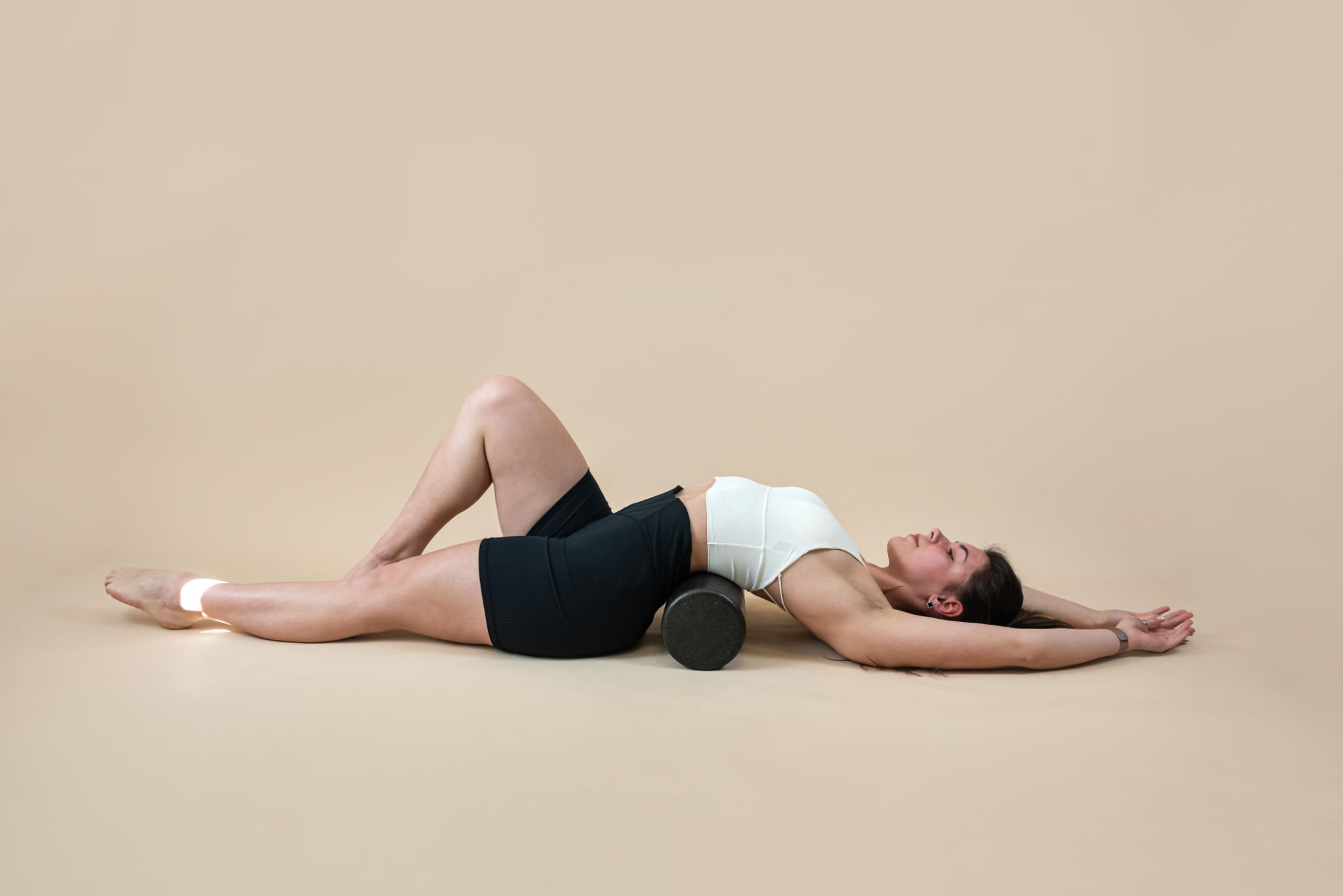Rest Smart, Recover Smarter: Active vs. Passive Recovery
Introduction
When it comes to fitness, the focus is often on what happens during the workout—how many reps you crushed, how heavy you lifted, or how fast you ran. But what if I told you the real magic happens during recovery? Yes, your post-workout routine can make or break your fitness gains. And recovery isn’t just about resting your muscles; it’s also a prime time to focus on overall well-being, including cleansing your body of toxins. Here’s how to detox your body naturally as part of a holistic recovery strategy. There’s a hot debate within recovery: active recovery vs. passive recovery. Which is better? How do you choose? Let’s dive into the details so you can recover like a pro.
What is Recovery?
Recovery is the process your body goes through to repair and rebuild itself after physical activity. During a workout, your muscles experience tiny tears, your energy stores get depleted, and your nervous system gets taxed. Recovery is essential for healing these micro-tears, replenishing energy, and getting your body ready for the next workout.

Why You Need Recovery:
- Muscle Healing: Vigorous physical activity leads to minor injuries in the muscle tissues. Rest gives these fibers the opportunity to rebuild and fortify, playing a vital role in developing muscle and boosting strength.
- Replenishing Energy Stores: Your body uses glycogen (stored energy) during a workout. Recovery helps replenish these stores, ensuring you have enough energy for your next workout.
- Reducing Inflammation: Exercise can cause inflammation in the muscles and joints. Proper recovery helps reduce this inflammation and prevents chronic pain or injury.
- Mental Rejuvenation: Intense workouts don't just strain your body; they also tax your mind. Recovery gives you a mental break, reducing stress and improving overall well-being.
What is Active Recovery?
Active recovery is all about staying in motion, but at a gentler pace than your usual workout. Think of it as moving to heal. The goal here is to keep the blood flowing, help clear out toxins, and speed up muscle repair. Activities like yoga, walking, swimming, or even light cycling fall under this category.
The Benefits of Active Recovery
- Improved Circulation: Gentle movement helps boost blood flow, delivering oxygen and nutrients to your muscles while flushing out waste products like lactic acid. This reduces soreness and speeds up recovery.
- Reduced Muscle Stiffness: Ever feel stiff as a board after a tough workout? Active recovery helps loosen tight muscles and maintain flexibility.
- Mental Reset: Active recovery can also work wonders for your mind. It’s a chance to de-stress, enjoy movement without pressure, and boost your mood through those feel-good endorphins.
- Better Performance: Studies show that active recovery between high-intensity intervals can improve performance compared to complete rest. It keeps your body primed without overdoing it.

When to Opt for Active Recovery?
- After Intense Workouts: If you've had a particularly grueling session, a light activity can help ease muscle soreness.
- On Rest Days: Instead of doing nothing, some gentle exercise can keep your body in a good rhythm.
- Dealing with Stiffness: If you wake up feeling stiff, some light stretching or yoga can do wonders.
- During Workouts: Incorporate active recovery between sets or circuits, like walking instead of sitting.
Examples of Active Recovery Activities:
1. Yoga: Perfect for stretching out those tight muscles and improving flexibility.
- Hatha Yoga: This style focuses on slow, deliberate movements and poses, which are great for stretching and relaxation.
- Vinyasa Yoga: Known for its fluid transitions between poses, it helps in building strength and flexibility.
- Restorative Yoga: Employs supportive tools to help the body relax fully and enhance the healing process.
2. Walking: Simple, easy, and effective. Additionally, it's an excellent opportunity to enjoy the outdoors.
- Nature Walks: Walking in nature can be particularly rejuvenating and reduce stress levels.
- Power Walking: A brisk walk that gets your heart rate up slightly but still keeps it low impact.
3. Swimming: Low-impact and great for overall muscle engagement.
- Freestyle: A smooth and steady stroke that helps in improving cardiovascular endurance.
- Backstroke: Helps in stretching the front of your body and working on back muscles.
Breaststroke: A gentler stroke that allows for longer swim sessions without intense fatigue.
4. Cycling: Keep it light and breezy, and your legs will thank you.
- Stationary Bike: Offers controlled resistance and is easy on the joints.
- Casual Outdoor Cycling: Enjoy the scenery while engaging in light to moderate exercise.
5. Foam Rolling: A form of self-massage that helps release muscle tightness and improve blood flow.
- Full Body Rollout: Rolling out major muscle groups like the back, legs, and arms.
- Targeted Rollout: Focusing on specific areas that are tight or sore, such as the calves or glutes.

What is Passive Recovery?
On the other hand, passive recovery requires complete rest. It's about giving your body the time and space it needs to heal without any added strain. Think lounging on the couch, Netflix and chill, taking a nap, or getting a good night's sleep. It's your body's natural way of recharging.
The Benefits of Passive Recovery
1. Complete Muscle Repair: Your muscles need time to heal and rebuild after being broken down during exercise. Passive recovery allows this process to happen without interference. Quality sleep is very important for this repair. This is when your body primarily focuses on healing and restoring itself.
- Deep Sleep: Essential for muscle repair and growth, as this is when the body releases growth hormones.
- REM Sleep: Important for cognitive functions and mental health, ensuring you're mentally sharp for your next workout
2. Prevent Overtraining: If you’re constantly on the move, even with low-intensity activities, you might not be giving your body the deep rest it needs. Passive recovery ensures you’re not overdoing it. Your body gets to recover without any additional physical demands. It's especially useful if you're dealing with an injury or extreme fatigue.
3. Nervous System Reset: High-intensity workouts can stress your nervous system. Taking a true rest day gives it a chance to recover and recalibrate.
4. Mental Rest: Taking a complete break can help reduce mental fatigue and burnout, keeping you motivated and fresh for future workouts.
- Mindfulness and Meditation: These practices can help reduce stress and promote mental relaxation.
- Reading or Listening to Music: Engaging in relaxing activities that don't involve physical exertion can aid mental recovery.

When to Opt for Passive Recovery?
- Injury: If you're dealing with an injury, it's crucial to give your body the time it needs to heal.
- Extreme Fatigue: Sometimes, your body just needs a break. Listening to it is key.
- Mental Burnout: If you're feeling mentally drained, a complete rest day can help you recharge.
Combining Both for Optimal Recovery
The sweet spot often lies in combining both active and passive recovery. The key is to pay attention to your body's signals and achieve a healthy harmony. For instance, after a super intense workout, you might benefit from a day of passive recovery, followed by some active recovery the next day. Everyone's body is different, so it's essential to personalize your recovery plan based on your needs. Observe your body's reactions to different recovery approaches and modify your routine as necessary. Some people might thrive on more active recovery, while others need more passive downtime.
Here’s an example combination schedule:
Monday: Strength training
Tuesday: Active recovery (yoga or light cycling)
Wednesday: HIIT session
Thursday: Passive recovery (rest day)
Friday: Cardio workout
Saturday: Active recovery (easy hike or swim)
Sunday: Passive recovery (relax and recharge)
Consider Your Fitness Level and Goals:
- Beginners: May need more passive recovery days as their bodies adapt to new physical demands. check out these key tips for more guidance.
- Experienced Athletes: Might benefit from more active recovery to maintain flexibility and prevent stiffness.
- Specific Goals: Tailor your recovery based on whether you're focusing on strength, endurance, or flexibility.
Common Mistakes to Avoid
- Skipping Recovery: Altogether Don’t underestimate the power of recovery. It’s just as important as your workouts.
- Overdoing Active Recovery: Remember, active recovery should be low-intensity. If you’re sweating buckets, you’re doing too much.
- Ignoring Your Body’s Signals: Soreness, fatigue, and mood changes can all be signs you need more rest. Avoid continuing when your body signals the need for rest.

Conclusion
Rest is vital for progress in any fitness path. Whether you choose active or passive recovery (or a mix of both), the most important thing is to give your body the time it needs to repair and recharge. Check out our article on sauna vs. ice water bath to learn how these methods can enhance your recovery routine. So next time you're feeling sore after a workout, don't just crash on the couch—unless that's what your body needs. Consider your options and find the best recovery strategy that works for you.
Remember, recovery isn't just about resting—it's about healing, rejuvenating, and preparing your body for the next challenge.